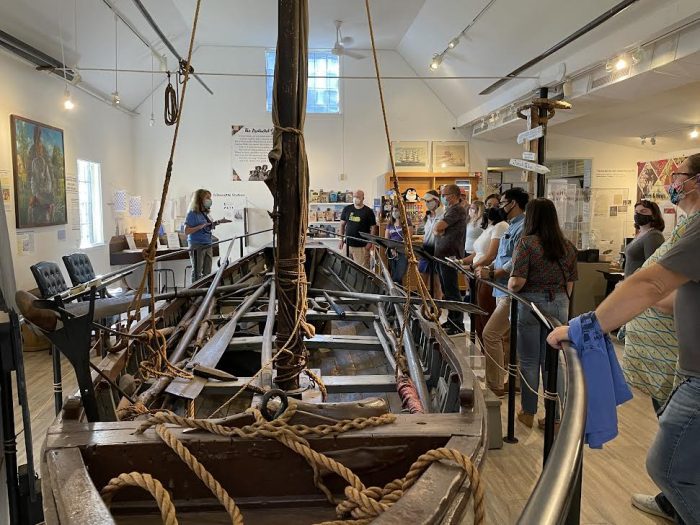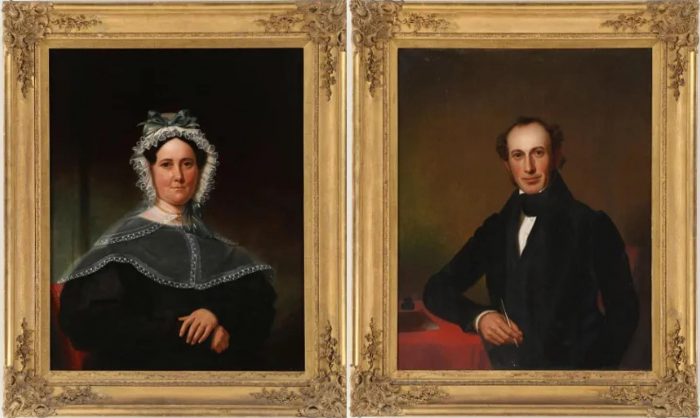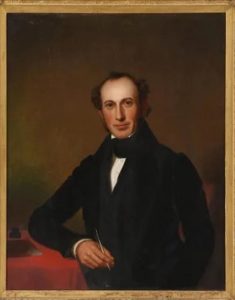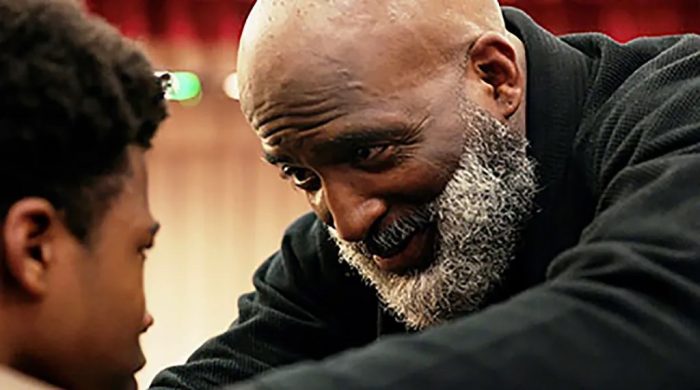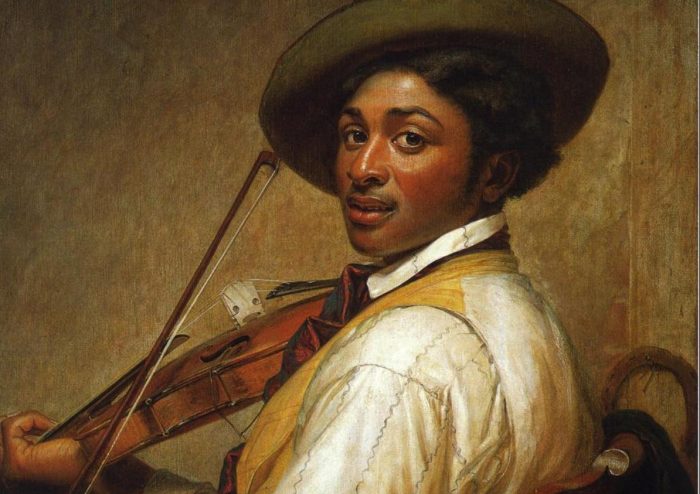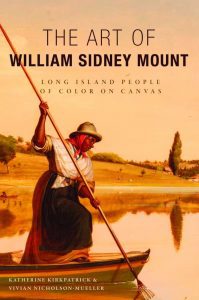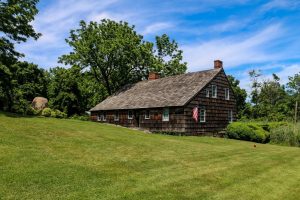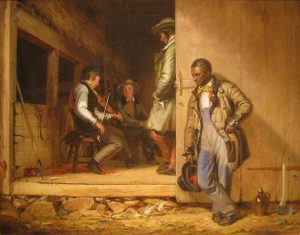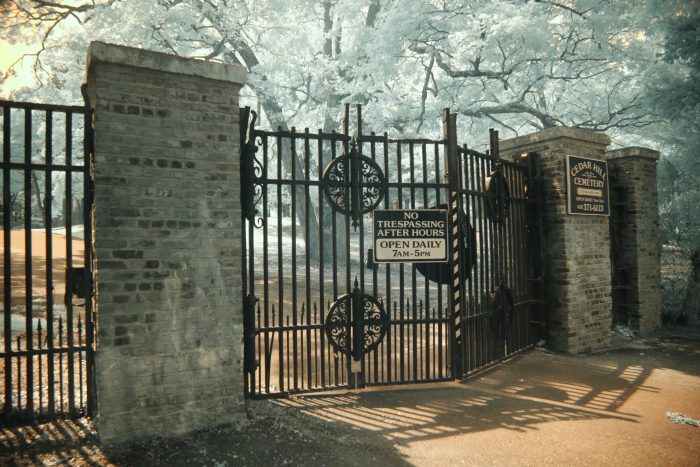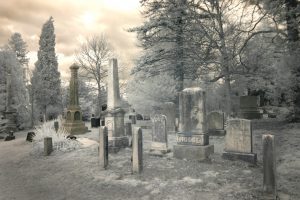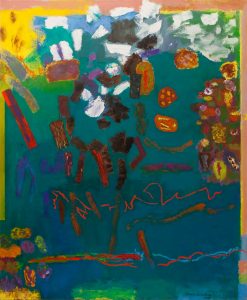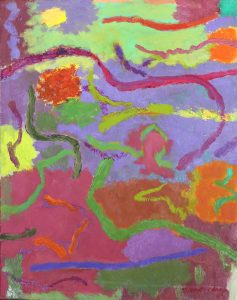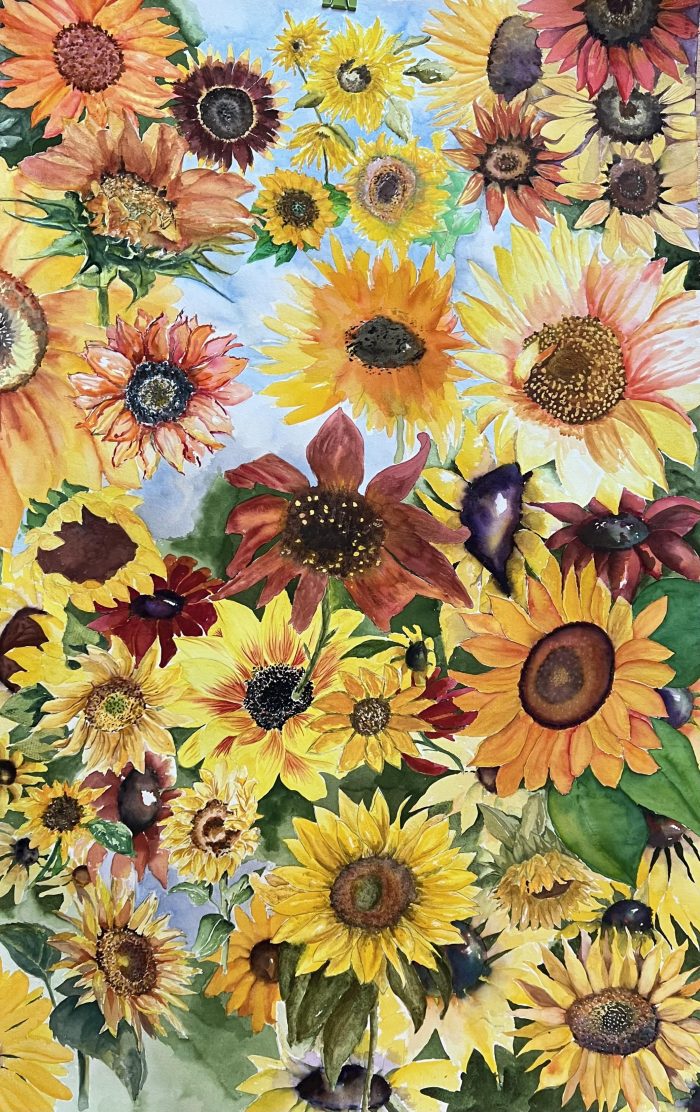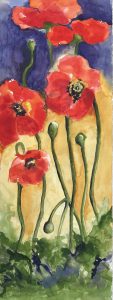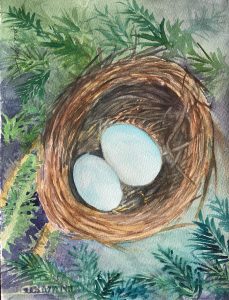By Tara Mae
When a once bustling home has languished into landscape, what lingers in the places where people once lived? Dreams of Decay: Shining a Light on Abandoned Places, a photography exhibit by Bryan Sansivero at the Huntington Public Library, 338 Main St., Huntington from Jan. 6 to Feb. 3, 2023, explores what remains and what may be reclaimed.
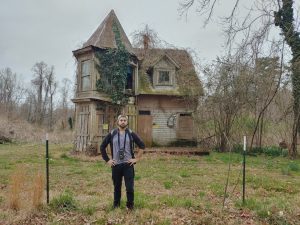
Consisting of approximately 30 color photographs, ranging in size from 6”x4” to 20”x30,” the exhibit is Sansivero’s first solo show and chronicles his travels through Europe and North America, showcasing homes and other habitations that have been given up to the ravages of time.
“I have always been interested in abandoned spaces, old architecture,” Sansivero, who grew up in Huntington, said. “I am a very curious person; if something is abandoned and the door is open, I am going in to photograph it. I have seen hundreds of houses; I just photograph the ones that make you go ‘Oh my gosh,’ like the things left behind.”
Reflecting his ties to the community, some of the settings may be familiar to visitors, such as a Huntington mansion, a Commack farmhouse, and Bogheid, a historic estate in Glen Cove.
These deserted structures, frequently abandoned due to inheritance issues and disputes, are time capsules to places and people of the past. In Sansivero’s photos, among the light and shadows, the audience finds hints as to when comfort became careworn: crumbling wallpaper, disowned toys, tintype photographs, artifacts of age.
With the absence of conventional subjects, the homes and their inanimate inhabitants become the sitters for portraits of ruin and reclamation. Sansivero’s photographs take patrons on a transAtlantic tour of everything from cottages to chateaus, in local, national, and international locations.
“I want some kind of story to be in my photos, almost like you’re reading a novel. People tell me that they see so many stories in my photographs. Sometimes I can research the families that lived there, people may want to know the background, etc., but I think not knowing may be better so you form your own opinions; an intentional mystery,” he added.

The inherent intrigue of abandoned places is what first drew Sansivero to them. As a college student studying film, his senior thesis was a short documentary shot at the former Kings Park Psychiatric Center, now the site of Nissequogue River State Park. Then, while visiting family in Pennsylvania, the open door of an abandoned home lured him inside. The rest, as they say, is history.
“When I found that house in Pennsylvania with everything left behind — an old suit in the closet, an old piano, old photographs — it was like a movie set, or the entry into another time period,” Sansivero said.
It ignited a passion that led Sansivero to sojourn in search of forgotten or abandoned places. Through online and in-person networking, he makes contacts both here and abroad who connect him with deserted houses and institutions.
This system has created a sprawling body of thousands of images, selections of which he shares with the public. Using Instagram as an interactive catalog for many of his images, Sansivero, who also does editorial and portrait photography, published a photo book in 2021 about his trips through the United States titled American Decay: Inside America’s Forgotten Homes. A follow-up, sharing images from his journeys through Europe, is currently in development.
Dreams of Decay is a crossroads of his travels; while some of the images in the exhibit have been featured on Instagram or in his book, others will be making their public debut. The resulting exhibit will highlight Sansivero’s most popular photos as well as his personal favorites.
“I am really excited to showcase them,” he said. “I cannot wait to see the reactions from people, particularly strangers, and get some input and insight…see how they are responding, especially to the new work. It is amazing to have my very first show in my hometown.”
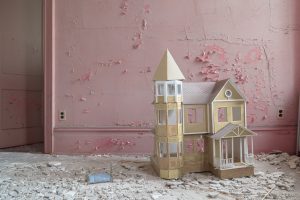
Brittany Bowen, the Art Gallery and Display Cases Coordinator for Huntington Public Library, first reached out to Sansivero a few years ago after she discovered his photography while researching local artists online.
“…I was so taken with his work that I reached out to him immediately. I was very excited when he enthusiastically accepted my invitation to exhibit here. I tend to gravitate toward art and photography that captures mystery and intrigue. Bryan finds beauty in the unconventional, and I appreciate that. I think others will, too,” she said.
The public is invited to an opening reception on Jan. 6 from 6 to 9 p.m. Viewing hours are Monday to Friday from 9 a.m. to 9 p.m.; Saturday from 9 a.m. to 5 p.m; and Sunday from 1 to 5 p.m. For more information on the exhibit, call 631-427-5165. To learn more about Bryan Sansivero’s work, visit www.bryansansivero.com.






